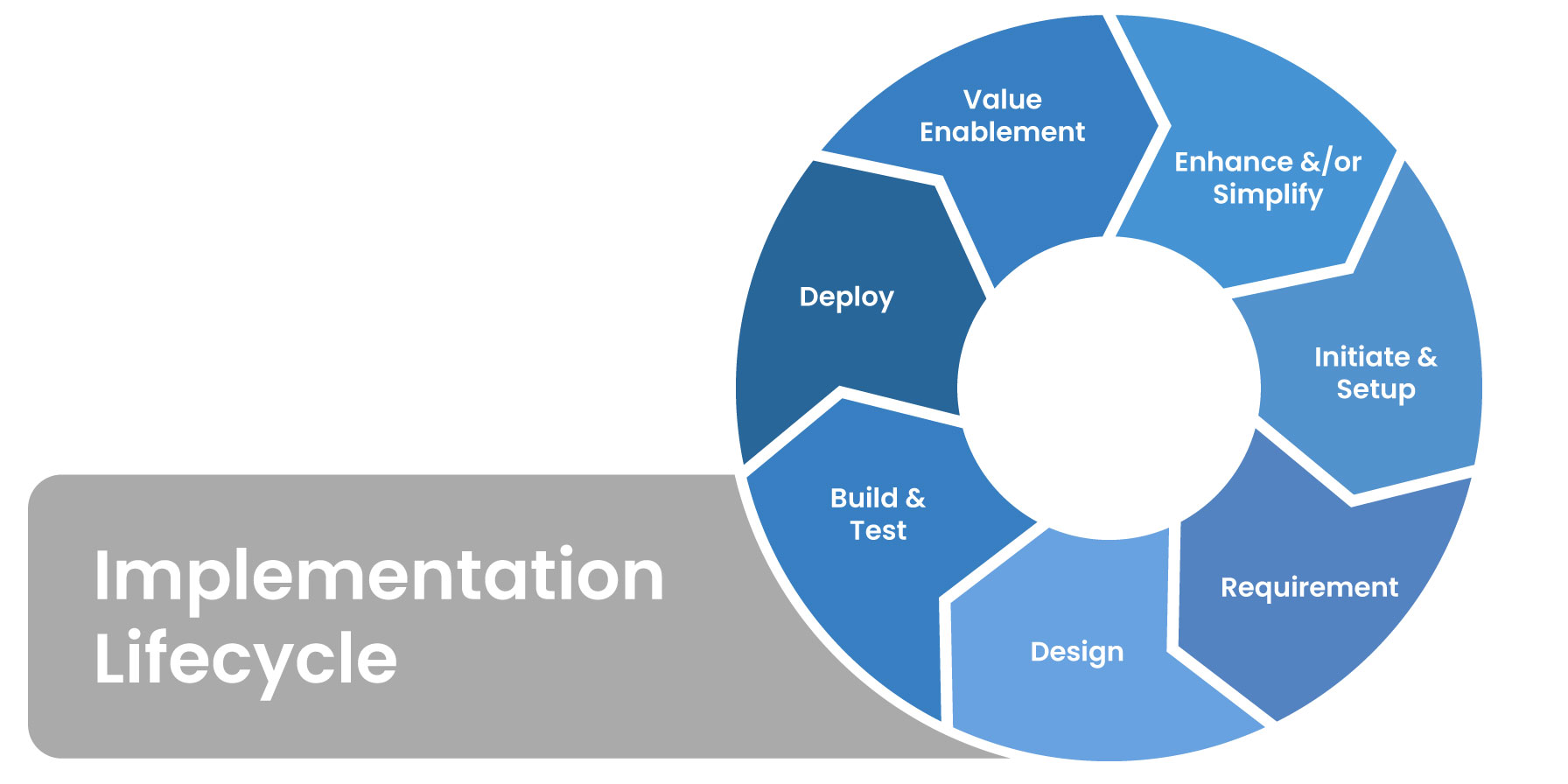by Clarity by Rego
Share

 If you want a Project & Portfolio Management (PPM) system or process to bring value to your organization, it must be adopted. To be adopted, a process or system must be the right fit for the people in your organization. You can invest in an entire suite of cutting-edge systems, but if people cannot or do not use it, it produces zero value.
If you want a Project & Portfolio Management (PPM) system or process to bring value to your organization, it must be adopted. To be adopted, a process or system must be the right fit for the people in your organization. You can invest in an entire suite of cutting-edge systems, but if people cannot or do not use it, it produces zero value.
As projects grow in complexity, cost, and size, the demand for strong oversight has led organizations to embrace project management and, increasingly, project portfolio management. This gives organizations a way to maintain consistent qualitative and quantitative project evaluations, fostering objectivity in prioritization. In turn, these processes enhance visibility into the project pipeline and status, aligning all project managers and teams with standardized tools and techniques. Ultimately resulting in heightened visibility across projects, which promotes higher success rates and better decision-making aligned with overarching objectives.
People are the key to adoption
The highest quality outcomes are enabled by leadership buy-in, clear communication of the value of change, and knowledge of organizational readiness best practices. This is the foundational device to successfully mature PPM ecosystems. Gaining adoption of any new process relies heavily on how change management is handled within your organization. There are several formal Organizational Change Management (OCM) models (ex: Prosci, Kotter, ITIL, etc.), and many organizations have in-house teams to support them. But, even if this is a new activity for your group, it is possible to incorporate key components.

Organizational Change Management is a framework for managing the effect of new business processes, new technology, shifting economic landscapes, or changes in organizational structure and culture within an enterprise. Simply put, OCM addresses the people side of change.
The first step in OCM is to define a plan that describes the objectives, strategy, and tools needed to support stakeholders in the transition of adopting the product of a project with minimal disruption. When we focus on people as the center of the solution blueprint, everything else falls into place.
While there will be some technical constraints or process standards that need to be developed, most issues that come up post-deployment are people issues. These include training, lack of use, dismissal of value, and missed requirements.
If using an Organizational Readiness approach, the implementation cycle should focus on people. This would include a user-centric system configuration and process alignment, that looks like this:

Measuring PPM Efficiencies
Usability consultant Jakob Nielsen and computer science professor Ben Shneiderman have written (separately) about a framework of system acceptability, where usability is a part of “usefulness”. In their view, this is composed of:
- Learnability: How easy is it for users to accomplish basic tasks the first time they encounter the design?
- Efficiency: Once users have learned the design, how quickly can they perform tasks?
- Memorability: When users return to the design after a period of not using it, how easily can they re-establish proficiency?
- Errors: How many errors do users make, how severe are these errors, and how easily can they recover from the errors?
- Satisfaction: How pleasant is it to use the design?
Improving the value of a PPM solution for an organizations can be made easier by focusing on these suggestions for helping people through adoption strategies. And when measuring efficiencies in PPM, use the following metrics as a guide:
- A focus on people(end users) throughout the implementation lifecycle
- Click counts between system and process
- Velocity of system and process steps
- User surveys and intuitive GUI reviews
- Beta and change request feedback
- Data compliance and audit requirements tied to reporting
- KPIs tied to business outcomes

About the Guest Author: Erich Kissel
Erich Kissel is a Project Portfolio Management (PPM) thought-leader and systems architect / group manager who has delivered solutions that put people at the center of process ecosystems via adoption-centric design, and proven value delivery methodologies. He is a contributing author of the book Realize PPM (2020), an active blogger at PPMWarrior.com, @PPMWarrior, and has presented at many industry events, including Global PMI and Gartner Summit.
STAY IN THE LOOP
Get Notified of Updates.
Stay ahead of the curve by subscribing to our newsletter. Get the latest insights, strategies, and tools delivered straight to your inbox, and empower your business to achieve more.

